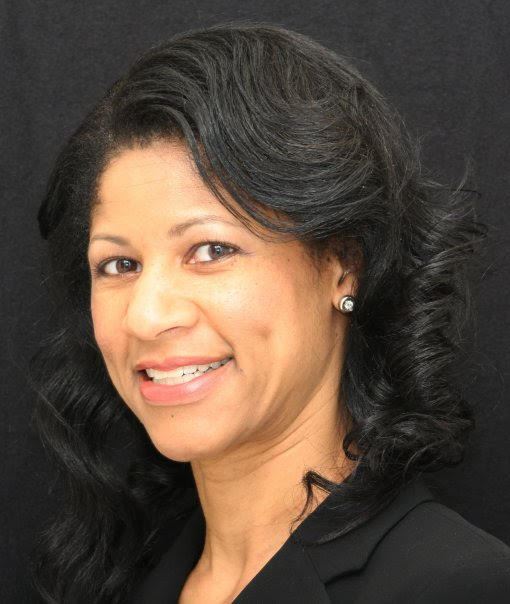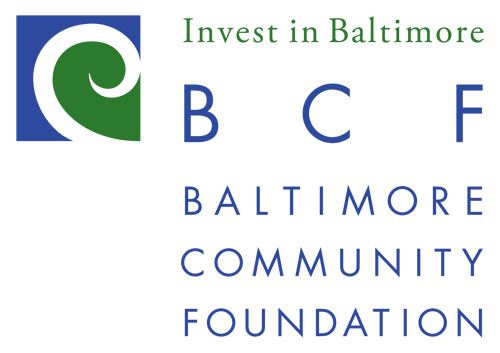Letter from the President

As 2022 rolls into gear, I am reminded of the opportunities and possibilities that the Chesapeake Planned Giving Council (CPGC) has in front of it. Thanks to the members, supporters, sponsors and friends of CPGC, we are positioned to make great strides this year. Of course, with the assistance of our all-volunteer board who works tirelessly to keep the wheels moving for CPGC. Thank you – I am grateful for your time and energy:
Leslie Goldsborough, Vice President
Baltimore Community Foundation
Stephanie Brizee, Treasurer
Loyola University
Suzanne Ferrero, Director
Johns Hopkins University
Rock Schuler, Director
Holy Trinity Catholic Church and School
Jane Moore, Director
Family Heritage Trust
Steven Wantz, Director
Carroll Community College
Now that I am in my second year of my presidency, I have more on my To-Do list than ever before. I look forward to working through the items on the list – one by one. The list includes many of the mission focused items that the original incorporators put into place for CPGC in 1990: To serve the needs of donors, and the institutions they support by encouraging the education and the training of the planned giving community and allied professionals…
Continue the Work
A two year term as president - seemed like a lot of time when I took over the reins from my predecessor, Richard Letocha in 2021. His steady guidance and leadership set me up for a good tenure – and I am working hard to continue the work for those to follow in this path in the future.
Though, I certainly will be the first to admit that 2021, was a challenging time for many of us. The organizations that you work for, businesses that you operate, and clients and donors that you assist - have all been navigating virtual meetings, remote work, and other professional and personal matters. I applaud you for keeping things going in the midst of daily changes and uncertainty. That is a lot to juggle, and we here at CPGC are no different - which makes us more committed than ever to provide you with informative and helpful educational programing.
February marks the time that many nonprofit organizations ramp up marketing efforts and finalize plans for spring events. What is your organization doing this month? There is a lot to get excited about and rally around as we continue into 2022 with new possibilities ahead. Here is an excerpt from my President’s letter (February 2021) - that I want to share with you: “I celebrate that - since 1976, every U.S. president has officially designated the month of February as Black History Month. May the many stories, contributions, and accomplishments continue to provide inspiration and encouragement to us all.”
What’s Next
CPGC has top-notch educational programs lined up for 2022 – with the next event in March. In May, our event is slated to be in-person – full of networking opportunities and educational content for gift planners and allied professionals. Visit CPGC’s website for information on events. Let’s keep focused on the bright side of 2022 and what’s to come. We look forward to seeing you at an upcoming event soon.
Sincerely,
Aquanetta Betts
CPGC, President
LinkedIn @AquanettaBetts
Does Your Fundraising Include These Two Powerful Words? The words are, of course, “thank you.” They are early words we teach our kids, repeat at the drive-thru and casually drop while checking out at the grocery store…yet do we say them to our donors? Yes, I get it; there are meaningful barriers to adding a stewardship strategy to your marketing plan. I often hear:
Those barriers are real, although I argue that the benefits of thanking your donors outweigh them. Let’s look at a few key wins of saying thanks. 4 Benefits of Thanking Donor 1. It serves as a gift acknowledgment. Have you ever given a gift at a wedding and not received a thank you? It makes you second-guess where you placed the gift on the table and how well you secured the card. It doesn’t feel good. Thanking a donor for an immediate gift—a stock transfer, for example—is a simple confirmation step. They may also need this acknowledgment to share with their financial or legal advisers. Bonus: Your gift acknowledgment can boost retention. It’s increasingly harder to retain donors and we all know that it costs more to acquire a new donor than to keep a current one. Ensure that you start the relationship with this positive experience. 2. It may increase future giving. In a similar vein, a 2018 study by Giving USA found that legacy donors want ongoing, personalized stewardship to help them stay connected to the impact of their gift. Provided they had been properly thanked, most legacy donors also reported being open to annual solicitations as a way to “feel useful” and provide immediate support. 3. It allows you to personalize future communications. What a great chance to deepen the relationship. Use your thank you to clarify how and how often the donor likes to be communicated with. Via email? In-person visits? Snail mail? When you have special events? Frequently? Never again? (A “thanks, but no thanks” is a possible response that you need to honor, too.) When you personalize future touchpoints by the donor’s interests through their preferred channel and on their timeline, you’ve hit the trifecta of marketing: Right person, right time, right place. 4. It creates a positive association with giving. It’s simple psychology: In being thanked, the donor correlates giving to reward. And the more memorable and worthwhile your communication, the stronger the association. There’s an interesting additional feel-good bonus for your organization: Your fundraisers get to connect to the mission. They get to bond with legacy givers who also love your organization’s work. They get to share initiatives that are making a real difference. They get to celebrate their success in motivating others. Through thank yous, fundraisers get to live out their professional goals. The Payoff Committing to a stewardship program can be the most important upgrade in your marketing. When your program shifts from just donor acquisition to include donor retention, there are meaningful financial and emotional payoffs. | About the Author
Nathan Stelter is the president of The Stelter Company, a leading source for gift planning marketing solutions for the nonprofit community. Nathan’s enjoyed a 20-year career in planned giving and is a past board member of the NCGPC (Washington, DC), current member of the Mid-Iowa Planned Giving Council, chair-elect for the board of the National Association of Charitable Gift Planners as well as co-chair of the National Standards for Gift Planning Success (NSGPS) task force. |
About the Author
Tyler
Johnson is the Production Operations Manager at The Stelter Company,a
leading source for gift planning marketing solutions for the nonprofit
community. He
manages the print production and project scoping for more than 1,000 nonprofits,
delivering more than a million print pieces to donors and prospects each year. | Why is There a Paper Shortage and What Can I Do About it? Direct mail fundraisers know that paper price is a major component of the total price of their marketing. Have you been hit with sticker shot lately?
Consider this: Paper prices have gone up a little more than 25% since January 2021.
There are many factors in play:
According to Erik Norman, the SVP Sales and Marketing for Bolger Printing, a digital print, wide-format printing, technology, and marketing service provider, we’re in a unique space. “This dire global paper shortage coming off the pandemic effect is unique and unequaled,” Erik says. “People who’ve been purchasing paper for 30+ years haven’t seen it before.”
So, if we’re still in unprecedented times, what can we do about it?
To Start, When Will It End?
“That’s the 64-million-dollar question,” says Erik. “The general consensus is probably into quarter three of next year. This is not a short-term issue.”
The following tips help you take control, today.
Tip #1: Start discussions early. Really early.
When you bring your design, data and production partners to the table early, you have options. You can lean on partnerships (see Tip #2) and connections. By pulling one lever—maybe timing, materials or quantities—you can stay on track with your most important goals.
Tip #2: Be flexible about paper grade/paper type. (Or timing.)
Your printer partners are likely working through a lot of alternatives: Be willing to consider them when bottlenecks appear. More common paper sheets are more likely to be stocked, plus they are successful for other customers—could they work for you? It doesn’t mean sacrificing quality or performance, it may just mean a different brand or size.
Here’s why this is happening: Your printing resources are likely buying paper in bulk and in many cases, they are getting their supply based on historic orders. If you have a new need, it’s more difficult to fulfill. You may still be able to get the sheets you want if you can shift when you need them. For example, Erik says that materials that used to take a couple of weeks to stock could now take 10-14 weeks.
Tip #3: Lean into multichannel.
The best-performing fundraising efforts meet donors where they are—whether through social media, email, Google searches, billboards or even text messages. Marketing is getting the right message to the right people at the right time. Ensure that digital marketing is part of your mix, especially if you have to delay your direct mail timing.
There are deliverability challenges in every channel, but a well-rounded approach helps defend against pricing, regulations and algorithms. A diverse portfolio is the best portfolio.
Keep Cost in Check
Remember that stat about paper pricing increasing 25% last year? Print technology providers like Bolger are looking to drive efficiencies to control costs. Tradeoffs are part of that—again, material being a key one, but you could also flex how many print checks you get during the quality control process—and so is planning. Elongated lead times will be the norm for 2022.
Here’s the key takeaway to meet your printing goals and timelines: Don’t wait. |
THE VALUE OF MEMBERSHIP
Professional
|
|
Educational
|
|

 JADE BRISTOL, J.D.
JADE BRISTOL, J.D. ALESHA IGNATIUS BRERETON, PH.D.
ALESHA IGNATIUS BRERETON, PH.D.  Nathan Stelter
Nathan Stelter Tyler Johnson
Tyler Johnson


